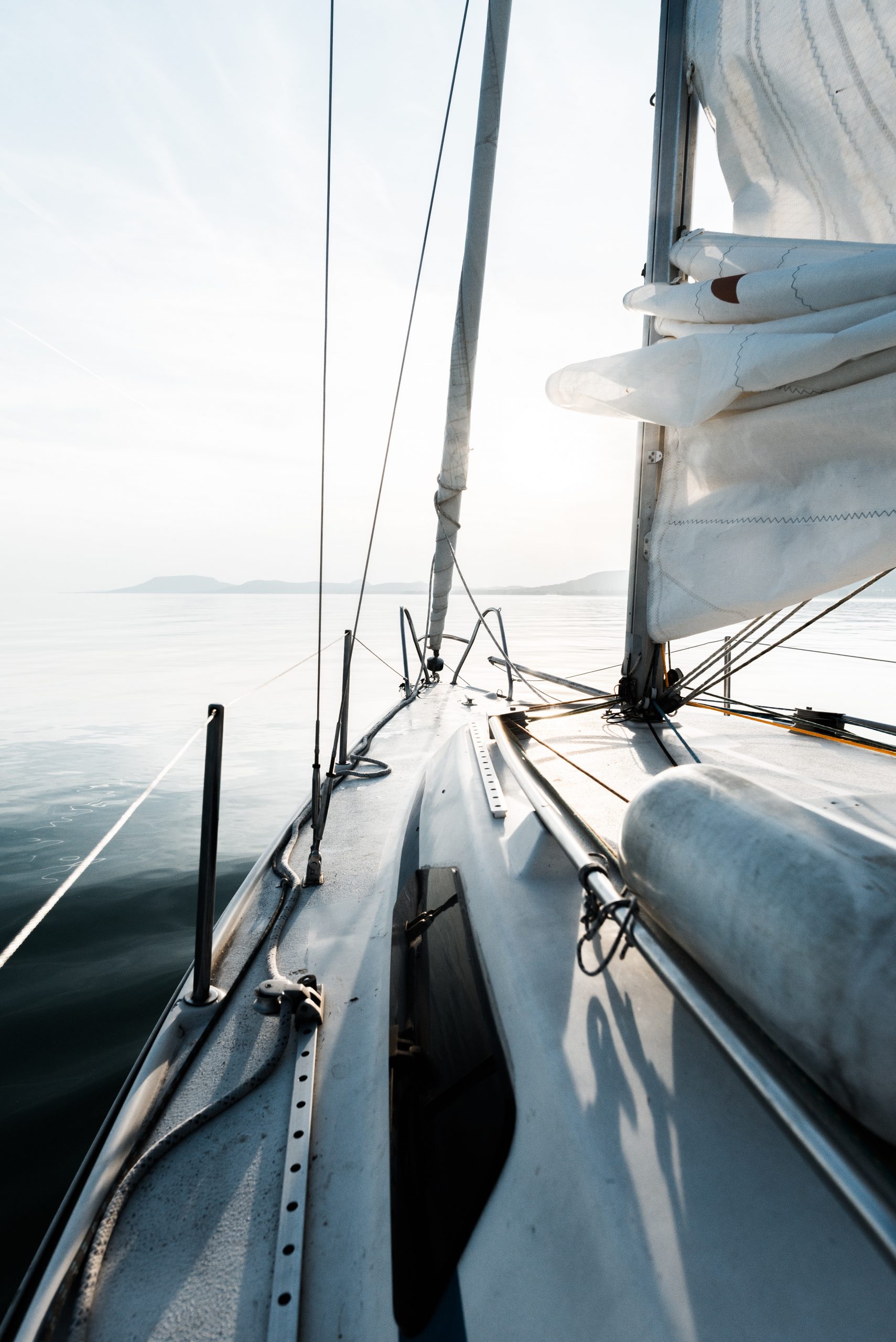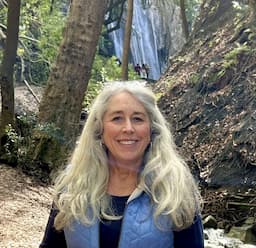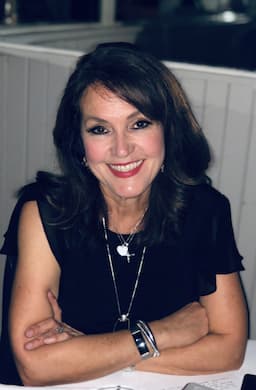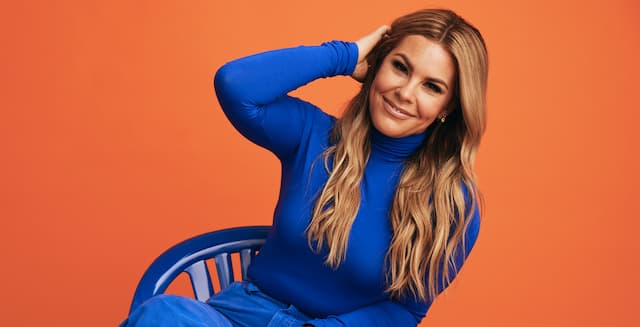Anchor: A Sailing Story

By Elizabeth Prata
The deep blue sea. Davy Jones locker. The gloomy deep. The primordial sea. Vast and unplumbed. The dusky mystic ocean. All these and other phrases describing the sea are evocative and remind us that as we peer into the boundless murk, we cannot fathom its depths.
As a child of the ocean living in the Ocean State, I grew up on the sea. We loved the ocean, the bay, the inlets, creeks, and marshes. We scanned for pirates. We rode the waves like foamy horses. We took on spray and laughed. But we never could see to the bottom.
What was down there? What did it look like? Snorkeling the shallows was fun, but what was out there, deeper? There be dragons?
When you’re a boater you get used to setting an anchor. This is the item that attaches the boat to the ground underneath the waters, with a rope (called a rode) and the iron or metal anchor at the end of the rode. It takes a bit of skill to maneuver the boat in such a way that the anchor catches, and then remains dug in. If it doesn’t your boat will drift. It can drift far out to sea, or onto the rocks on shore. You do not want any nasty surprises as you relax with your lunch or sleep on your boat overnight. The anchor is important.

I lived on a sailboat for two years. We rarely docked at a marina, but usually found a secure bay or cove and set our anchor there. Sometimes we were alone, sometimes other sailboats would glide into the anchorage and set their anchor a distance away from us. You had to let out enough rode so that your boat could swing with any changes in the wind direction and not hit the other anchored boats, or could rise with the tide.
We had charts to let us know what kind of bottom it was. Is the area rocky? Full of sea grass? Sandy? Silty? Hard packed? We had to trust the information given on the charts. All these made a difference as to how we set the anchor or how secure we would allow ourselves to feel. Grassy areas were the hardest to use the anchor in. Grass is slippery and thick, it’s hard to get the anchor down to the actual ground underneath. It might feel securely driven in, but then a slight change in tide or wind and the anchor pops out and off you go. In 12,000 nautical miles of anchoring in all sorts of weather and ground conditions, the only time we drifted was in a grassy area. We really wished we could have viewed the bottom with our own eyes at that place!
The charts might let the mariner know about the anchorage this way: “North Cove is a special anchorage area designated by the Coast Guard with good holding in mud.”
Will the anchor hold? It was the ever-present question. We really wished we could see the anchor. But…we just had to rely on what we’d read on the charts and trust that the unseen anchor would hold.
When we got to The Bahamas, we were startled by the clear water! You could see all the way down! Fascinated, we watched starfish scud along the sand, fish darted here and there, lobster tentacles drifting out from the rocks. Coral! How pretty! Oh no, suddenly we noticed we had a kind of vertigo. Seeing the coral heads on the bottom, even though they were 20 feet or more down, looked like they were just at the surface. It was disconcerting. It seemed as if when we glided over them they’d rip our keel from stem to stern. Coral can do that. Coral heads are hard enough to rip the bottom off your boat like the top off a can of sardines.
One thing we enjoyed was seeing the anchor set. At last, we saw what we had not been able to see all the way from the North Atlantic down to the Gulf Waters! We could see the anchor when we snorkeled. We could see it when we viewed it from the bowsprit. We could even see it at night 20 feet down!

It was a special sense of relief when we set the anchor and sat down from our vigilance from watching for hazards and watches to ensure we were on the right course.
for we walk by faith, not by sight— (2 Corinthians 5:7)
My time on the seas was so unique that I used to wonder quite frequently why I did it or what the purpose of it all was. I wasn’t saved, but I knew there had to be a purpose for things. Contemplating that there wasn’t any design to our lives or purpose in them was too monstrous of a thought.
Now from a 30-years-ago vantage point I know the purpose. There is a God. He has a purpose for each individual on earth that He creates, ultimately some for eternal wrath and some for eternal blessing. He “has many people in this city”, (Acts 18:10, i.e. people He plans to save but aren’t in the faith yet). He reserved me through many decades of sinful living until the time He brought me into his sheepfold. My memories of sailing all had a dual purpose. I understand the marine references in the Bible to a degree that perhaps landlubbers do not, just as farmers understand the agricultural metaphors more deeply than I do.
I live by trust, no longer trusting nautical charts to tell me what is down there that I cannot see, but the Bible to tell me what there is that I cannot see. Jesus is my anchor, not a piece of metal and a rope. O, what a day when my faith becomes sight. I will see my Anchor! My security holds fast to Him while navigating these turbulent waters on earth, but when I actually see Him, what a sense of relief! I can stand down from my night watches, my vigilance, my ever-present scouring the horizon for dangers, my internal checks in my spirit against sin. Friends, someday, perhaps soon, our faith will become sight!
For now we see in a mirror dimly, but then face to face; now I know in part, but then I will know fully, just as I also have been fully known. (1 Corinthians 13:12).
But the one who loves God is known by God. (1 Corinthians 8:3).
Hold fast to the anchor of Jesus Christ, immovable, unshakeable, impervious to man’s ditherings and nonsense. He is the Rock, standing firm for the Father, who is King of all.







